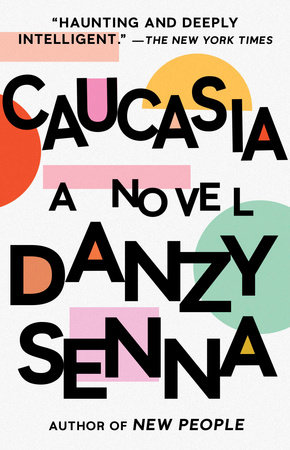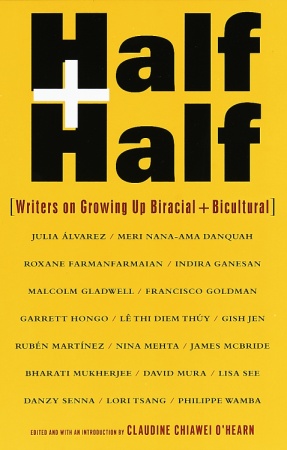The Mulatto Millennium: Rethinking blackness in a multiracial worldPosted in Articles, Autobiography, Media Archive, United States on 2010-12-07 03:48Z by Steven |
The Mulatto Millennium: Rethinking blackness in a multiracial world
Utne Reader
September/October 1998
Danzy Senna, from the book Half and Half
Strange to wake up and realize you’re in style. That’s what happened to me just the other morning. It was the first day of the new millennium, and I woke to find that mulattos had taken over. They were everywhere. Playing golf, running the airwaves, opening restaurants, modeling clothes, starring in musicals with names like Show Me the Miscegenation! The radio played a steady stream of Lenny Kravitz, Sade, and Mariah Carey. I thought I’d died and gone to Berkeley. But then I realized that, according to the racial zodiac, 2000 is the official Year of the Mulatto. Pure breeds (at least black ones) are out; hybridity is in. America loves us in all of our half-caste glory. The president announced on Friday that beige will be the official color of the millennium.
Before all of this radical ambiguity, I considered myself a black girl. Not your ordinary black girl, if such a thing exists. But rather, a black girl with a WASP mother and black-Mexican father, and a face that harks back to Andalusia, not Africa. I was born in 1970, when black described a people bonded not by shared complexion or hair texture but by shared history.
Not only was I black, but I sneered at those by-products of miscegenation who chose to identify as mixed, not black. I thought it wishy-washy, an act of flagrant assimilation, treason-passing, even. I was an enemy of the mulatto people…
…Let it be clear—my parents’ decision to raise us as black wasn’t based on any one-drop-of-blood rule from the days of slavery, and it certainly wasn’t based on our appearance, that crude reasoning many black-identified mixed people use: If the world sees me as black, I must be black. If it had been based on appearance, my sister would have been black and my brother Mexican, and I Jewish. Instead, my parents’ decision arose out of the black power movement, which made identifying as black not a pseudoscientific rule but a conscious choice. Now that we don’t have to anymore, we choose to. Because black is beautiful. Because black is not a burden, but a privilege…
…These days, M.N. folks in Washington have their own census category—multiracial—but the extremist wing of the Mulatto Nation finds it inadequate. They want to take things a step further. I guess they have a point. Why lump us all together? Eskimos have 40 different words for snow. In South Africa, during apartheid, they had 14 different types of coloreds. But we’ve decided on one word, multiracial, to describe a whole nation of diverse people who have absolutely no relation, cultural or otherwise, to one another. In light of this deficiency, I propose the following coinages:
Standard Mulatto: White mother, black father. Half-nappy hair, skin described as “pasty yellow” in winter but turns caramel tan in summer. Germanic-Afro features. Often raised in isolation from others of its kind. Does not discover “black identity” till college, when there is usually some change in hair, clothing, or speech, so that the parents don’t recognize the child who arrives home for Christmas vacation (“Honey, there’s a black kid at the door”).
African American: The most common form of mulatto in North America, this breed, seldom described as mixed, is a combination of African, European, and Native American. May come in any skin tone, from any cultural background. Often believe themselves to be “pure” due to historical distance from the original mixture, which was most often achieved through rape.
Jewlatto: The second most prevalent form, this breed is made in the commingling of Jews and blacks who met when they were registering voters down South during Freedom Summer or at a CORE meeting. Jewlattos often, though not necessarily, have a white father and black mother (as opposed to the more common black father and white mother). They are likely to be raised in a diverse setting (New York City, Berkeley), around others of their kind. Jewlattos are most easily spotted amid the flora and fauna of Brown University. Famous Jewlattos include Lenny Kravitz and Lisa Bonet (and we can’t forget Zoe, their love child)…
Read the entire article (including more about the following terms: Mestizo, Cultural Mulatto, Blulatto, Cablinasian, Tomatto, Fauxlatt0) here.


